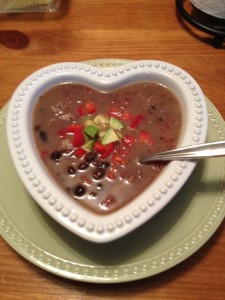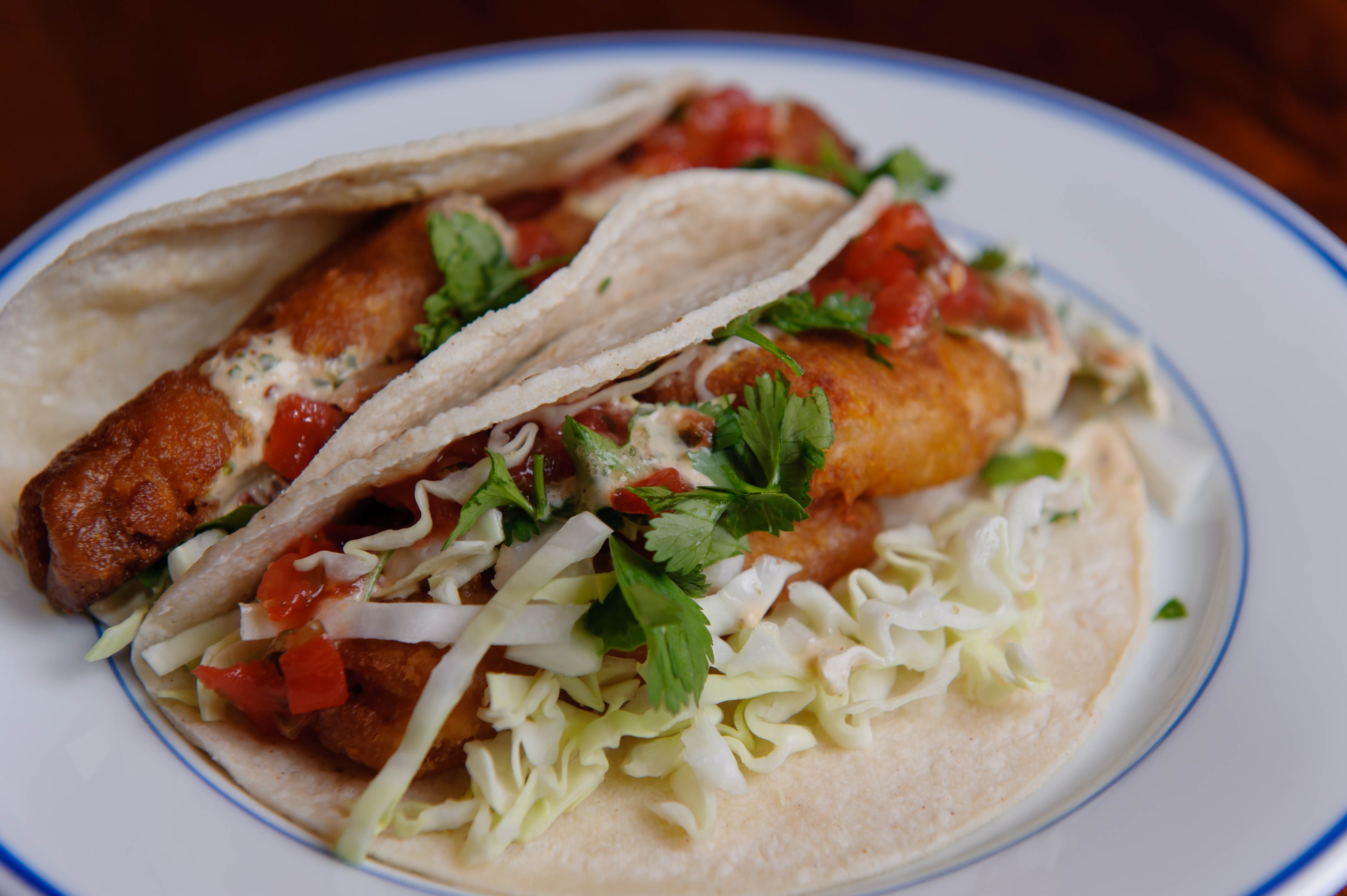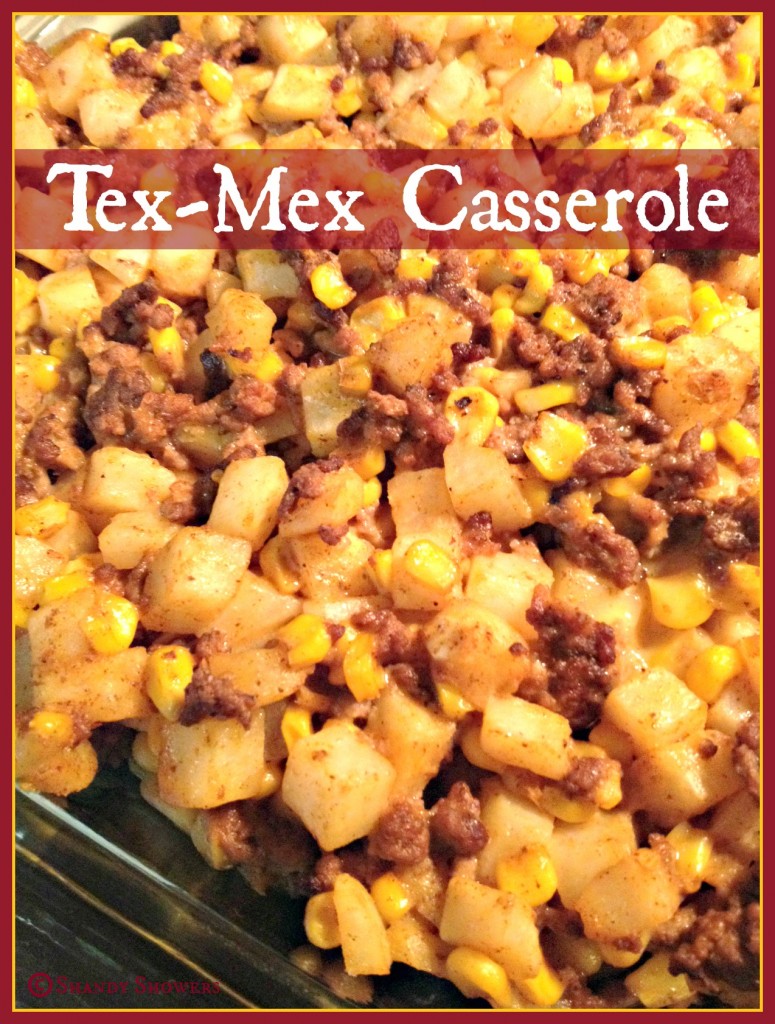Perhaps Beef Stew sounds as if it would be complicated and difficult to make—just the opposite. Simple, easy-peasy! The key is slow-cooking. You can either let it come together in a crockpot for a few hours or just as easily on the stovetop. Low heat and gentle, slow cooking gives the stew a roasted flavor, and ensures that the meat and veggies are fall-apart tender. And in addition, the liquids will come together into a thick, smooth gravy. Yumm-O!
This time, instead of the usual stew, I added some salsa verde (yup, the green kind!), sweet potatoes, black beans, and Mexican seasonings. And I baked some mini-corn muffins for you-know-who to indulge in! It was a great comfort food meal…since we still have frozen solid piles of snow and ice. This meal fits well into our healthy but oh-so-yummy POV. I like to make stews using a piece of bottom round steak from the butcher counter. This cut doesn’t have much extra fat but still becomes tender due to the low heat and gentle simmering for 90 minutes or so. Then load it up with lots of veggies…healthy and oh-so-yummy! Enjoy!
Mexican Beef Stew
ingredients:
2 tablespoons +/- olive or coconut oil
2 pounds beef stew meat, cut into bite-size chunks
2 tablespoons brown rice flour (optional)
1/2 teaspoon EACH sea salt, freshly ground pepper
3 tablespoons minced garlic (I use jarred)
1 cup dry red wine (or additional broth)
1 quart beef broth
1 cup water
1 jar (10-12 ounces) salsa verde
1 teaspoon +/- ground chipotle pepper
1 teaspoon dried thyme
3 medium sweet potatoes, peeled and chopped into bite-sized chunks
1/2 bag frozen pearl onions
1/2 # baby carrots, sliced in half length-wise
5 ounce can chopped green chilies (optional)
1 (15 ounce) can black beans, drained and rinsed
1 cup frozen sweet corn (optional)
additional sea salt and pepper
directions:
- heat the oil in a large Dutch oven over medium heat
- add the 1/2 teaspoon each of salt and pepper to the flour
- dredge the meat in the flour mixture (if you eat grain free, you could skip this step)
- brown the meat, working in 3-4 batches, just ‘til the cubes are lightly browned
- remove meat from pot and set aside
- lower heat and add garlic to pan drippings; stir constantly for about 1 minute ‘til fragrant
- increase heat back to medium-high, stir in the wine, and scrape the bottom of the pan to loosen all the bits. allow to simmer ‘til liquid is reduced about half
- add in the beef broth, the seasonings, and the browned meat cubes; stir well
- lower heat to a simmer; cover and allow to cook for about an hour ‘til meat is getting tender
- add in the sweet potatoes and carrots. raise heat, cover, and bring back to a simmer
- cook for an additional 30 minutes ‘til potatoes are cooked through and the liquids have become a smooth, thick gravy
- stir in the chopped chilies, black beans (and corn, if using); simmer ’til heated through
- taste for seasoning
- (if the ‘gravy’ needs any additional thickening, use 1 tablespoon of cornstarch with equal amount of cold water…stir ’til completely smooth; then pour into hot liquid (your stew) stirring constantly ’til liquid has thickened. allow to boil for an additional minute.)
♥ ♥ ♥ ♥ ♥
God loves you! ♥ (Don’t ever forget that!)
♥ coleen














